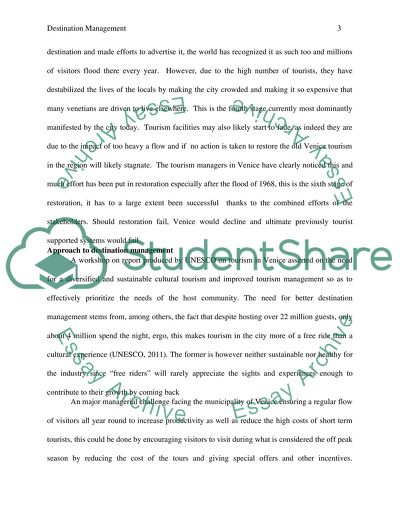Cite this document
(“Destination Management Assignment Example | Topics and Well Written Essays - 3000 words - 1”, n.d.)
Destination Management Assignment Example | Topics and Well Written Essays - 3000 words - 1. Retrieved from https://studentshare.org/tourism/1485492-destination-management
Destination Management Assignment Example | Topics and Well Written Essays - 3000 words - 1. Retrieved from https://studentshare.org/tourism/1485492-destination-management
(Destination Management Assignment Example | Topics and Well Written Essays - 3000 Words - 1)
Destination Management Assignment Example | Topics and Well Written Essays - 3000 Words - 1. https://studentshare.org/tourism/1485492-destination-management.
Destination Management Assignment Example | Topics and Well Written Essays - 3000 Words - 1. https://studentshare.org/tourism/1485492-destination-management.
“Destination Management Assignment Example | Topics and Well Written Essays - 3000 Words - 1”, n.d. https://studentshare.org/tourism/1485492-destination-management.


